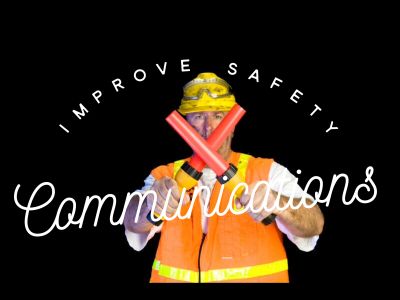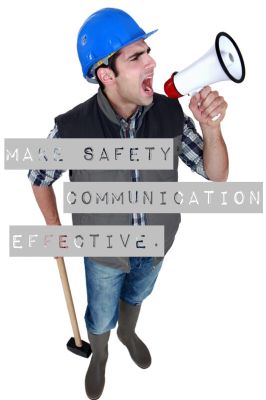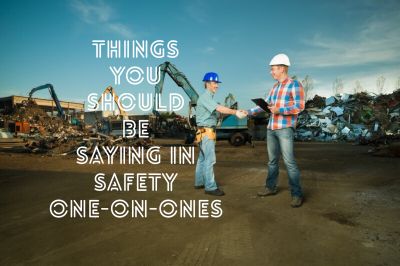
To move people toward safety, you have to get the communications part right first. Safety performance is only as good as the quality of the communication. Communication matters. How you communicate can matter even more. It has been studied that 50-80% of a supervisor’s time is spent communicating. Since it is the biggest job supervisors and safety people do, you need to be good at it. In safety, you will find warnings, communications and marketing. What’s the difference? Warnings warn. Communications inform. Marketing moves. For this article, we are going to focus on the communications part, especially how you communicate. Here are four strategies that can immediately improve the level of your safety communications:











